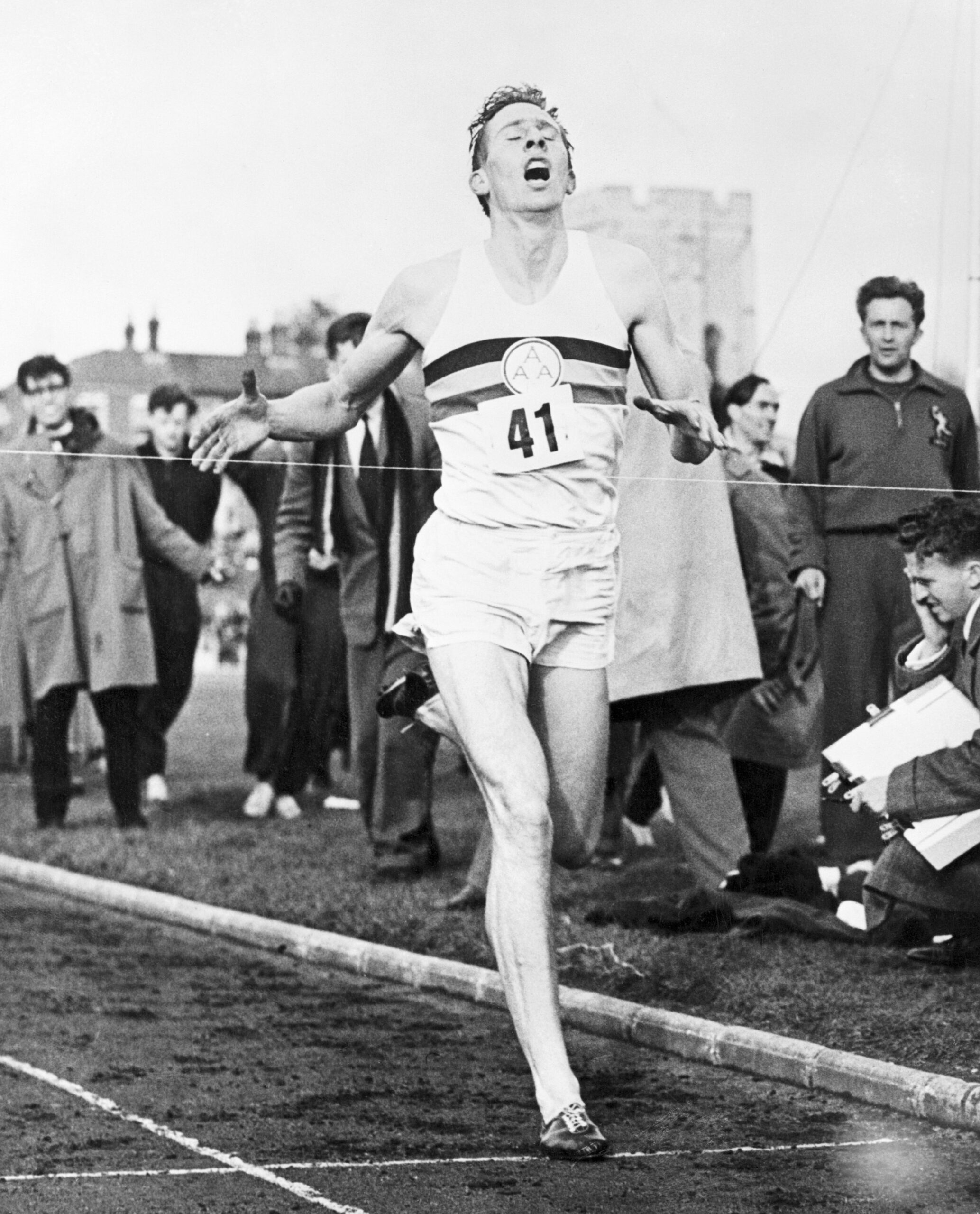Since 1957, a total of 647 Americans have broken four minutes in the mile. 2022 is the biggest year yet with forty eight (and counting) new Americans running sub four. The chase to be the first person to run under four is well documented in Neal Bascomb’s book, “The Perfect Mile,” published in 2004 for the 50th anniversary of Roger Bannister’s sub four mile. Since 1954, there have been 7,084 performances in the world (indoors and outdoors) under four minutes in the mile. That is, an individual may have broken four minutes multiple times, like Steve Scott who broke four minutes 136 times, the most of any individual runner.
A point to consider is the 1500 is the international event contested at global championships. Does the number of people under the sub four equivalent change? According to all time athletics, there are 9,148 outdoor performances at 3:37.99 or faster; indoors there are 490 performances of 3:37.99 or faster. The 1500 equivalent of breaking four in the mile is 3:42.22. So from 3:38.00 to 3:42.22, my estimation is that there are probably at least 9,148 performances.
So let’s say there are 7,084+9,148+9,148+490 sub four performances or equivalents. That is 25,870 performances under the four minute equivalency since 1954. Is that a high number? Possibly. Steve Scott has 136 of those mile times. Bernard Lagat has 110 of the 1500 times; Hicham El Geurrouj has 106 of the 1500 times; Nick Willis has 67 of the 1500 times. So there is probably the 80/20 rule at play here.
25,000 is certainly a large number but it’s a speck when you consider there are literally billions of people who have come and gone since 1954. Of course a small subset of those billions train hard or have access to the sport, but regardless of the parameters, breaking four is hardly an every day occurrence.
Take the great state of Maryland, which has a little under 1/3 the GDP of Russia, and let’s look at sub four milers from Maryland. This could be wrong, but there is Centro, Vince Ciattei, Diego Zarate, Camden Gilmore, Robby Creese, Andrew Jesien, Bob Wheeler, and Dave Patrick. That is eight total sub four milers from Maryland. Since the inception of the MPSSAA in 1946, just think of the sheer number of runners over that time period. And out of all those humans, eight have broken four minutes. Now think of some of the names from Maryland who have never broken four: Matt Jablonksi, Andrew Revelle, Shane Stroup, Graham Bazell, Steven Duplinksy, Matt Llano, Ryan Forsyth. Breaking 4 is not easy and these guys went to great college programs. In no way am I knocking these individuals. These guys are endurance freaks who were successful in other areas.
How many high school kids overall have broken four? For a long time it was only 3 (Ryun, Danielson, and Liquori). Then 33 years later came WEBB IS BACK, BABY. It took another decade for a high schooler to break four in the mile. 2012 was supposed to be the year where a slew went sub four and not one did.  Since Verzbicas in 2011, eight more high school runners have broken four in the mile, including Colin Sahlman this year. Even in the past decade, we are averaging about one per year. Let’s say the trend continues and we continue to get one or even two per year then it is still one or two out of tens of thousands of high school kids. And these are kids actively training.
As 2022 is the year with the most Americans under four, would one expect to see a higher rate of sub milers than in previous decades? If you didn’t, that would be bad news. Today, there is more exposure to the sport, people in the past have set new standards, and there is more access to better training and nutrition. Since 2010, these are the numbers of Americans who have joined the sub four club: 20, 12, 23, 23, 18, 24, 27, 17, 29, 22, 19, 36, and 48. It is still a very exclusive club.
Another point to consider to either bore you or allure you is to look at the current NCAA qualifier list. To compare, we will use the Mercier scoring tables. The following times are the men’s qualifiers. In the 400, the top seed is 44.83 and the 50th best performance is 46.73. These equate to performances of 3:50.72 and 4:00.93. In the 800, the top performance is 1:45.24 and the 50th best performance is 1:48.95. These equate to 3:52.09 and 4:00.54. In the 5k, the top seed is 13:09.30 and the 50th best seed is 13:45.95. These times equate to 3:50.78 and 4:01.13. In long jump the highest seed is 8.25 meters and the 50th best seed is 7.58 meters which equate to 3:50.45 and 4:04.24. In the high jump the top seed is 2.26 meters and the 50th best seed is 2.14 meters. These equate to 3:54.58 and 4:04.56. The top seed in the mile is 3:52.03, while the 50th best seed is 3:58.08. Overall, the mile is a more competitive event.
Is 4 laps, 4 minutes poetic? Yes, but there is no question breaking four is still a big deal. Respect is owed.
Camden Gilmore: Former Don and Current Hoya joins the Sub 4 Mile Club
http://www.alltime-athletics.com/m_mileok.htm
https://jmureika.lmu.build/track/Mercier/window7.html
https://en.wikipedia.org/wiki/List_of_American_high_school_students_who_have_run_a_four-minute_mile
https://www.flotrack.org/results/5995884-2012-adidas-grand-prix-new-york-diamond-league/2187

